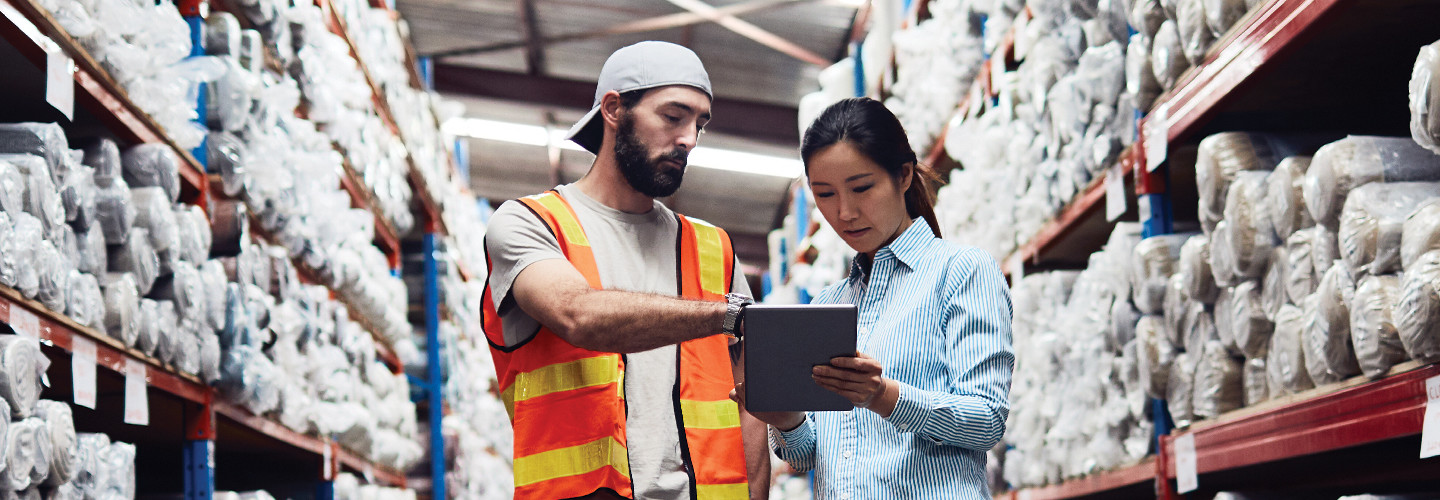The Rise of the On-Demand Warehouse
For most of the year, retailers only need so much warehouse space. But for the busiest seasons, or during periods of rapid growth, they need to scale up dramatically to find room for the merchandise that customers demand.
New tracking and booking technologies are helping businesses to figure out how much space they need and when, and then connect those companies to available warehouse space, especially during back-to-school season and the winter holidays,
For example, UPS last year launched a new technology company called Ware2Go, aimed at connecting small and medium-sized businesses with warehouses to streamline fulfillment for online orders. And other, similar companies, such as California-based Flowspace and Seattle-based FLEXE, both with locations nationwide, are continuing to expand.
Large companies including Walmart, Ace Hardware and KFC are using these on-demand warehouses during the holidays, during emergencies and to cope with supply chain issues, reports The Wall Street Journal.
“This is really a technology and platform company — more than a services business — with merchants on one side, looking for order fulfillment capabilities, warehouses looking to fill space appropriately,” Nick Basford, vice president of global retail and e-commerce strategy for UPS, told CNBC when Ware2Go was launched. “We wanted to build that using the best of both worlds.”
How Flexible Warehousing Works
Supply Chain 24/7 describes the technology behind flexible warehousing this way: “At the most basic level, warehouse management systems are a common thread for several companies in the space. The majority of these packages are homegrown, typically limiting their capabilities compared to traditional best-of-breed packages.”
The companies, however, say that this provides greater flexibility, especially in the startup phases. “We can get a new company up and running in its new space in 24 hours,” Flowspace co-founder and CEO Ben Eachus told Supply Chain 24/7.
Ware2Go, for example, takes care of the legwork of finding new warehouse space, recruiting and certifying warehouses for retailers. Merchants can create an online account where they provide details about their products, orders, space requirements and regional delivery needs, and then manage their inventory and orders using Ware2Go’s cloud-based platform. The goal is to make productive use of otherwise idle space.
“Ware2Go uses innovative online technology to match excess warehouse and fulfillment capacity with merchant demand to provide transparent inventory, order fulfillment and final delivery,” Scott Price, UPS’ chief strategy and transformation officer, said in a statement. “We’re solving for two major problems: speed to market and efficient warehousing.”
The model is similar to trends in other industries — such as coworking spaces, ride-sharing apps and home-sharing services — in that it takes advantage of unused capacity while also providing both customers and providers with a great deal of flexibility.
Karl Siebrecht, FLEXE co-founder and CEO, told Supply Chain 24/7 in December that his company’s annual survey of empty warehouse space puts the percentage at about 20 percent to 30 percent — somewhere between 3.8 billion and 5.7 billion square feet of unused space.
“It’s about agility,” Jon Sleeman, EMEA logistics and industrial research director at JLL, said in an article on the real estate service provider’s website. “Retailers need to be able to scale up and down and have highly variable requirements — be that Black Friday, Christmas or sales season.”
MORE FROM BIZTECH: Inventory analytics can improve the customer experience
IoT, Wearables Will Play a Role in Future Warehouse Tech
Although questions remain about how eager warehouse landlords will be to give up long-term tenants in exchange for pay-as-you-go customers, it’s difficult to imagine many of them turning down quick cash for space that is currently sitting vacant.
According to IBISWorld, the outsourced warehousing market is expected to grow to $26 billion by 2023, with the on-demand warehousing market hitting $25 billion.
Artificial intelligence may play a role in determining how much warehouse space is necessary, according to a report in Food Logistics. One example is “the slotting of warehouse activities, where seasonality and velocity of product consumption play key roles,” according to the report. “If your AI can give you predictions and recommendations on when to ramp up and when to ramp down, the warehouse can be operated more efficiently.”
On-demand warehousing is only one of a number of tech trends expected to have a major impact on the sector in the coming years. Veridian, a company that specializes in supply chain technologies, notes that 71 percent of retailers are expected to invest in Internet of Things technologies by 2021.
Veridian also points to other IT solutions that are expected to reach wide adoption in warehouses — including wearables, robotic systems and artificial intelligence.
“The digital transformation of warehousing affects every supply chain,” notes an article on the company website. “The days of handling processes manually and tracking operations with limited technologies are ending.”









